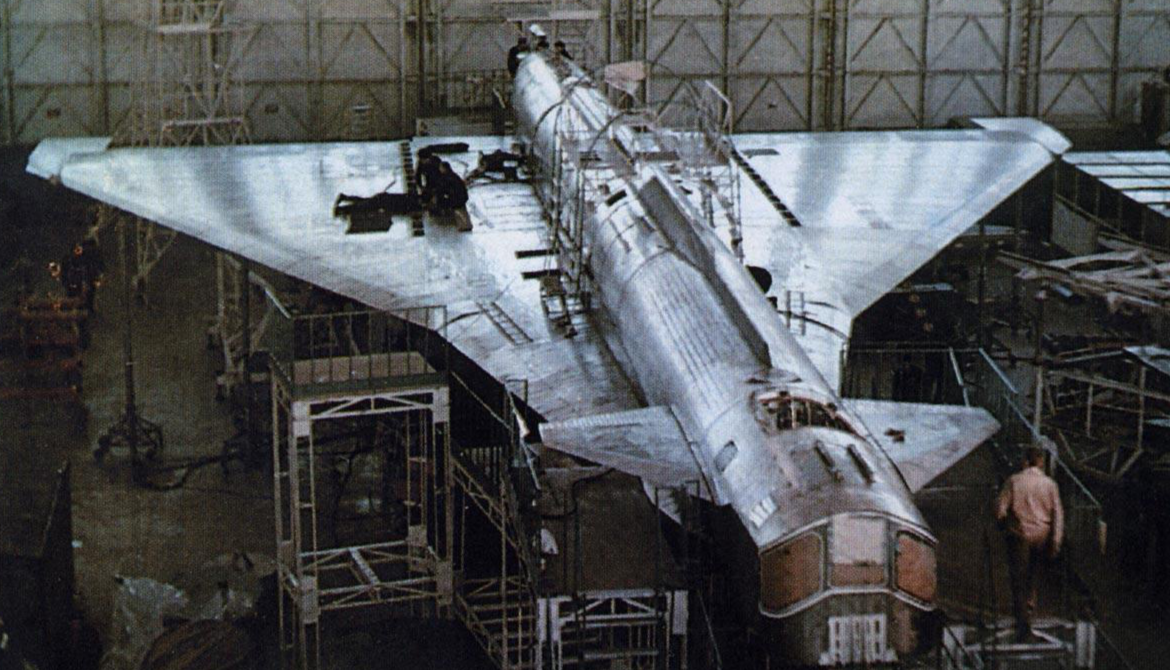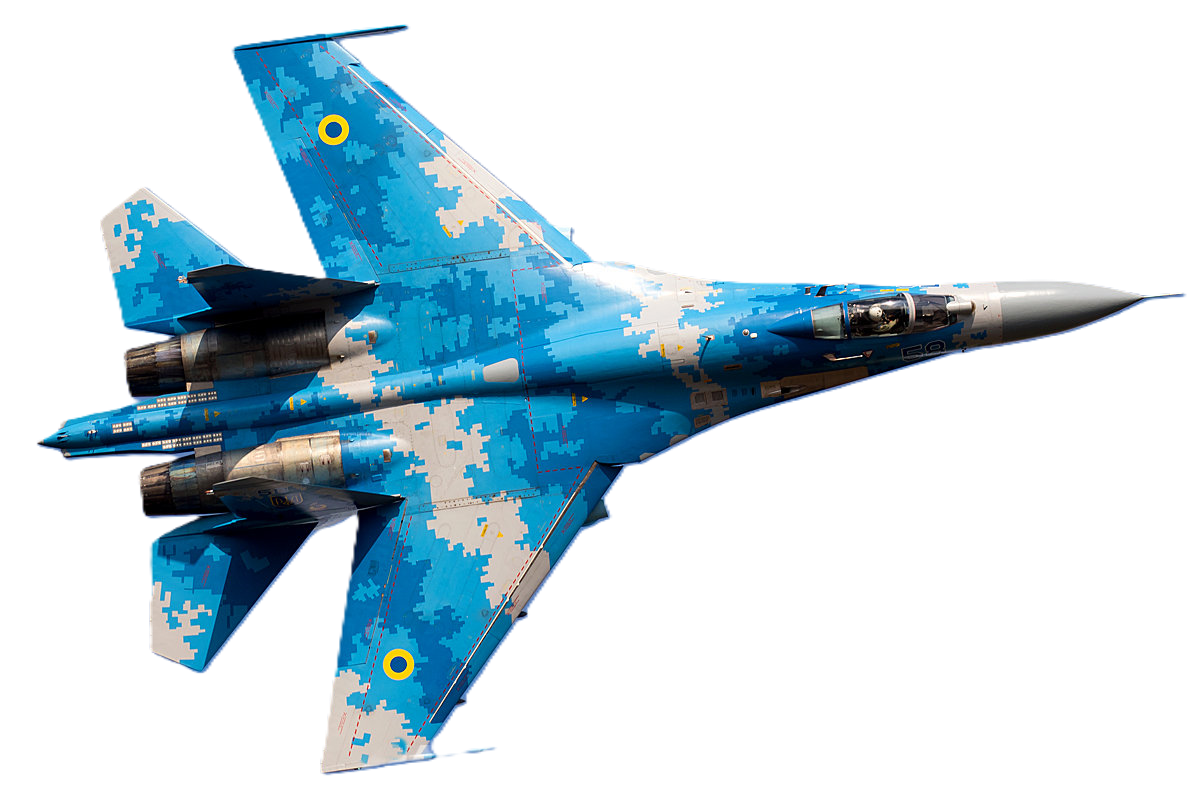Sukhoi Design Bureau Sukhoi T-4 Sotka
 |
|
| Sukhoi Т-4 at Central Air Force Museum | |
| Role | Strategic bomber/Reconnaissance |
|---|---|
| Manufacturer | Sukhoi |
| First flight | 22 August 1972 |
| Status | project cancelled |
| Primary user | Soviet Air Force |
| Number built | 4 (only 1 passed test flights) |
.
History Sukhoi Design Bureau
Сухой Су-27
Sukhoi T-4 Sotka Project 100

The Sukhoi T-4, or "Aircraft 100", or "Project 100", or "Sotka" was a Soviet high-speed reconnaissance, anti-ship and strategic bomber aircraft that did not proceed beyond the prototype stage. It is sometimes called the Su-100
Development

n 1963, the Soviet government held a request for proposal among the aircraft design bureaus, with the aim of developing an aircraft analogous to the North American XB-70 Valkyrie. The Sukhoi design, with its high cruise speed of 3,200 km/h (2,000 mph) was favored over the designs submitted by Yakovlev and Tupolev and after a preliminary design review in June 1964, the building of a prototype was authorized. Development of the T-4 required massive research efforts to develop the technologies necessary, including the manufacturing technologies to machine and weld the materials necessary to withstand sustained Mach 3 flight. Nearly 600 patents or inventions are attributed to the program. The first flying prototype was finally completed in the autumn of 1971. Work continued on an additional three airframes (one for static testing) through 1975. In 1974, the Ministry of Aviation Industry (Soviet Union) ordered work suspended on the T-4 project, which was officially scrapped on 19 December 1975.
0
KmCeiling
0
KmCombat RANGE
0
MachAircraft Speed
0
Max Crew
Photo Gallery
Sukhoi Design Bureau
"Aircraft 100"
Sukhoi T-4 Sotka Project 100


Sukhoi Design Bureau "Aircraft 100"
Sukhoi T-4 Sotka Project 100
General Info
-
-
-
- Crew: 2
- Length: 44 m (144 ft 4 in)
- Wingspan: 22 m (72 ft 2 in)
- Height: 11.2 m (36 ft 9 in)
- Wing area: 295.7 m2 (3,183 sq ft)
-
-
Powerplant
-
-
- Gross weight: 114,000 kg
- Max takeoff weight: 135,000 kg)
- Powerplant: 4 × Kolesov RD-36-41 afterburning turbojet engines, 157 kN (35,000 lbf) with afterburner
-
-
Performance
-
- Maximum speed: 3,200 km/h
- Maximum speed: Mach 3 (design), 1.3 (achieved)
- Cruise speed: 3,000 km/h (1,900 mph, 1,600 kn) / M2.8
- Ferry range: 7,000 km
- Service ceiling: 20,000–24,000 m
Links to Youtube & Others
The first T-4, designated "101", first flew on 22 August 1972. The test pilot was Vladimir Ilyushin, son of famed aircraft designer Sergei Ilyushin, and the navigator was Nikolai Alfyorov. Testing continued to 19 January 1974. The T-4 flew only ten times for a total of 10 hours and 20 minutes.
Sukhoi Design Bureau
Sukhoi T-4 Sotka
One T-4 survives. Aircraft "101" is on display at the Central Air Force Museum in Monino near Moscow
Youtube Link
Only the "101" completed all the test flights and flew the last test flight before the project was canceled on 22 January 1974. The rest of the prototypes were scrapped.












